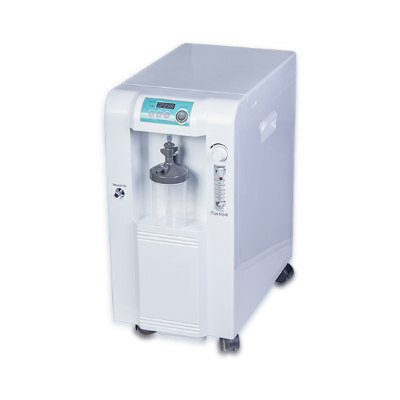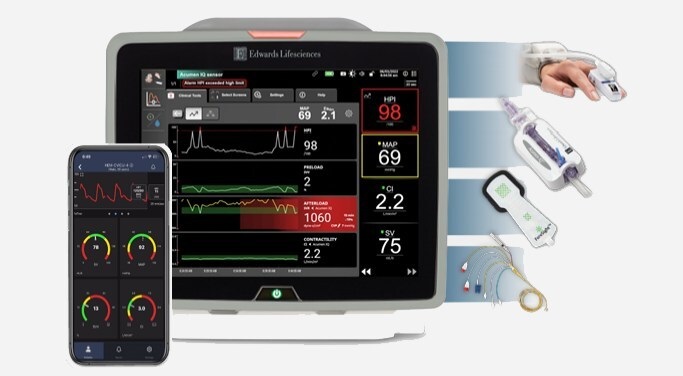Targeting New Antibody Supersite Key to COVID-19 Immunity
|
By HospiMedica International staff writers Posted on 22 Mar 2021 |
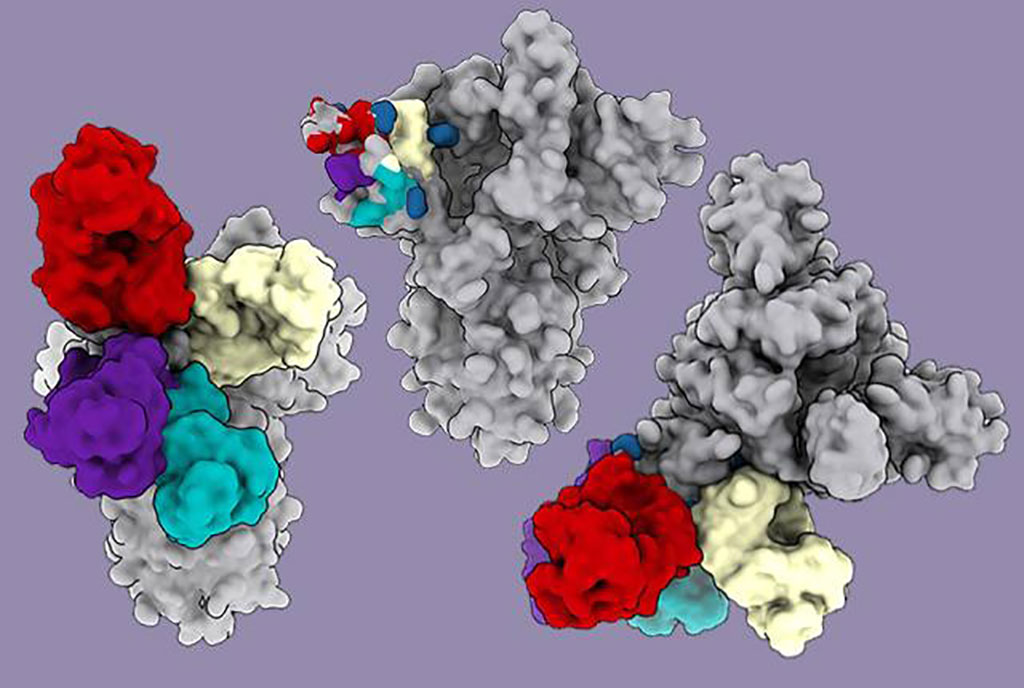
Image: Potent antibodies (shown in red, purple, turquoise and white) attach to a region called the N-terminal domain on the pandemic coronavirus (Photo courtesy of Vir Biotechnolog & Veesler Lab)
Antibodies from recovered patients have been shown to recognize a lesser-known site on the SARS-CoV-2 virus and block infection in lab studies.
Scientists at the University of Washington School of Medicine (Seattle, WA, USA) as well as Humabs Biomed SA, a subsidiary of Vir Biotechnology (San Francisco, CA, USA) have learnt that a lesser-studied region on the SARS-CoV-2 virus is recognized by COVID-19 infection-fighting antibodies. These antibodies were identified in blood samples from previously infected patients, and were found to potently prevent the virus from infecting cells.
The coronavirus spike protein is the key that unlocks the door to the cell, and antibodies bind to the spike protein jamming this function. Much attention has been given to studying antibodies that target the receptor-binding domain on the coronavirus spike protein. The receptor-binding domain of the spike is responsible for triggering the merging of the virus with a host cell to achieve a takeover. However, some of the recovered patients’ antibodies blocked the coronavirus by binding to a different place on the virus spike – the N-terminal domain. These antibodies were as strong as those that bind to receptor-binding domain, a recent study shows.
Using electron cryo-microscopy (cryoEM) to map where these antibodies bound showed that all the antibodies that prevent infection bind a single place on the N-terminal domain. The research demonstrated that these antibodies protected Syrian hamsters from SARS-CoV-2, the coronavirus that causes COVID-19 in people. Additional recent findings indicate that the virus is slowly defying these antibodies people are acquiring. The virus is adapting to these antibodies by accumulating mutations that help the virus escape these antibodies, becoming so-called variants-of-concern. Some of these variants, such as those first detected in the UK and South Africa, contain mutations that appear to make the virus less vulnerable to the neutralizing power of the N-terminal domain antibodies.
The researchers believe that investigating these neutralization escape mechanisms is revealing some unconventional ways the N-terminal domain on the virus is acquiring antibody resistance, and why N-terminal domain variants warrant closer monitoring. The N-terminal domain antibodies in this study were derived from memory B cells, which are white blood cells that can persistently recognize a previously encountered pathogen and re-launch an immune response. N-terminal domain-specific antibodies likely act in concert with other antibodies to wage a multipronged uprising against the coronavirus. The N-terminal domain antibodies appear to inhibit virus-cell fusion. In conjunction, another part of the antibody, called a constant fragment, might also activate some of the body’s other approaches to eliminating the virus.
Continuing research on the N-terminal domain neutralizing antibodies may lead to improved therapeutic and preventive anti-viral drugs for COVID-19, as well as inform the design of new vaccines or the evaluation of current ones. For example, patients who have recovered from COVID-19 and later received a first dose of an mRNA vaccine might experience a boost in their N-terminal domain neutralizing antibodies. Also, a cocktail of antibodies that target different critical domains on the coronavirus might also be a promising approach to examine to see if it provides broad protection against variant strains.
Antiviral drugs, they explain, are expected to play a role in controlling disease during the ongoing pandemic. They are likely to be particularly helpful, according to the researchers, for unvaccinated individuals and for those who didn’t get a strong enough immune response from their vaccinations. Antivirals could also prove vital when immunity from previous infection or from vaccination wanes, or as mutant strains that break through the shield of vaccination emerge.
“This study shows that NTD-directed antibodies play an important role in the immune response to SARS-CoV-2 and they appear to contribute a key selective pressure for viral evolution and the emergence of variants,” said David Veesler, associate professor of Biochemistry at the University of Washington School of Medicine.
Related Links:
University of Washington School of Medicine
Vir Biotechnology
Scientists at the University of Washington School of Medicine (Seattle, WA, USA) as well as Humabs Biomed SA, a subsidiary of Vir Biotechnology (San Francisco, CA, USA) have learnt that a lesser-studied region on the SARS-CoV-2 virus is recognized by COVID-19 infection-fighting antibodies. These antibodies were identified in blood samples from previously infected patients, and were found to potently prevent the virus from infecting cells.
The coronavirus spike protein is the key that unlocks the door to the cell, and antibodies bind to the spike protein jamming this function. Much attention has been given to studying antibodies that target the receptor-binding domain on the coronavirus spike protein. The receptor-binding domain of the spike is responsible for triggering the merging of the virus with a host cell to achieve a takeover. However, some of the recovered patients’ antibodies blocked the coronavirus by binding to a different place on the virus spike – the N-terminal domain. These antibodies were as strong as those that bind to receptor-binding domain, a recent study shows.
Using electron cryo-microscopy (cryoEM) to map where these antibodies bound showed that all the antibodies that prevent infection bind a single place on the N-terminal domain. The research demonstrated that these antibodies protected Syrian hamsters from SARS-CoV-2, the coronavirus that causes COVID-19 in people. Additional recent findings indicate that the virus is slowly defying these antibodies people are acquiring. The virus is adapting to these antibodies by accumulating mutations that help the virus escape these antibodies, becoming so-called variants-of-concern. Some of these variants, such as those first detected in the UK and South Africa, contain mutations that appear to make the virus less vulnerable to the neutralizing power of the N-terminal domain antibodies.
The researchers believe that investigating these neutralization escape mechanisms is revealing some unconventional ways the N-terminal domain on the virus is acquiring antibody resistance, and why N-terminal domain variants warrant closer monitoring. The N-terminal domain antibodies in this study were derived from memory B cells, which are white blood cells that can persistently recognize a previously encountered pathogen and re-launch an immune response. N-terminal domain-specific antibodies likely act in concert with other antibodies to wage a multipronged uprising against the coronavirus. The N-terminal domain antibodies appear to inhibit virus-cell fusion. In conjunction, another part of the antibody, called a constant fragment, might also activate some of the body’s other approaches to eliminating the virus.
Continuing research on the N-terminal domain neutralizing antibodies may lead to improved therapeutic and preventive anti-viral drugs for COVID-19, as well as inform the design of new vaccines or the evaluation of current ones. For example, patients who have recovered from COVID-19 and later received a first dose of an mRNA vaccine might experience a boost in their N-terminal domain neutralizing antibodies. Also, a cocktail of antibodies that target different critical domains on the coronavirus might also be a promising approach to examine to see if it provides broad protection against variant strains.
Antiviral drugs, they explain, are expected to play a role in controlling disease during the ongoing pandemic. They are likely to be particularly helpful, according to the researchers, for unvaccinated individuals and for those who didn’t get a strong enough immune response from their vaccinations. Antivirals could also prove vital when immunity from previous infection or from vaccination wanes, or as mutant strains that break through the shield of vaccination emerge.
“This study shows that NTD-directed antibodies play an important role in the immune response to SARS-CoV-2 and they appear to contribute a key selective pressure for viral evolution and the emergence of variants,” said David Veesler, associate professor of Biochemistry at the University of Washington School of Medicine.
Related Links:
University of Washington School of Medicine
Vir Biotechnology
Latest COVID-19 News
- Low-Cost System Detects SARS-CoV-2 Virus in Hospital Air Using High-Tech Bubbles
- World's First Inhalable COVID-19 Vaccine Approved in China
- COVID-19 Vaccine Patch Fights SARS-CoV-2 Variants Better than Needles
- Blood Viscosity Testing Can Predict Risk of Death in Hospitalized COVID-19 Patients
- ‘Covid Computer’ Uses AI to Detect COVID-19 from Chest CT Scans
- MRI Lung-Imaging Technique Shows Cause of Long-COVID Symptoms
- Chest CT Scans of COVID-19 Patients Could Help Distinguish Between SARS-CoV-2 Variants
- Specialized MRI Detects Lung Abnormalities in Non-Hospitalized Long COVID Patients
- AI Algorithm Identifies Hospitalized Patients at Highest Risk of Dying From COVID-19
- Sweat Sensor Detects Key Biomarkers That Provide Early Warning of COVID-19 and Flu
- Study Assesses Impact of COVID-19 on Ventilation/Perfusion Scintigraphy
- CT Imaging Study Finds Vaccination Reduces Risk of COVID-19 Associated Pulmonary Embolism
- Third Day in Hospital a ‘Tipping Point’ in Severity of COVID-19 Pneumonia
- Longer Interval Between COVID-19 Vaccines Generates Up to Nine Times as Many Antibodies
- AI Model for Monitoring COVID-19 Predicts Mortality Within First 30 Days of Admission
- AI Predicts COVID Prognosis at Near-Expert Level Based Off CT Scans
Channels
Critical Care
view channel_1.jpg)
Cutting-Edge Bioelectronic Device Offers Drug-Free Approach to Managing Bacterial Infections
Antibiotic-resistant infections pose an increasing threat to patient safety and healthcare systems worldwide. Recent estimates indicate that drug-resistant infections may rise by 70% by 2050, highlighting... Read more
Sophisticated Machine-Learning Approach Uses Patient EHRs to Predict Pneumonia Outcomes
Pneumonia, an infection that results in difficulty breathing due to fluid accumulation in the lungs, is one of the leading causes of death worldwide. This condition is particularly challenging to treat... Read more
Early TAVR Benefits Patients with Asymptomatic Severe Aortic Stenosis
For patients with asymptomatic severe aortic stenosis (AS) and preserved left-ventricular ejection fraction, current guidelines recommend clinical surveillance every six to twelve months.... Read more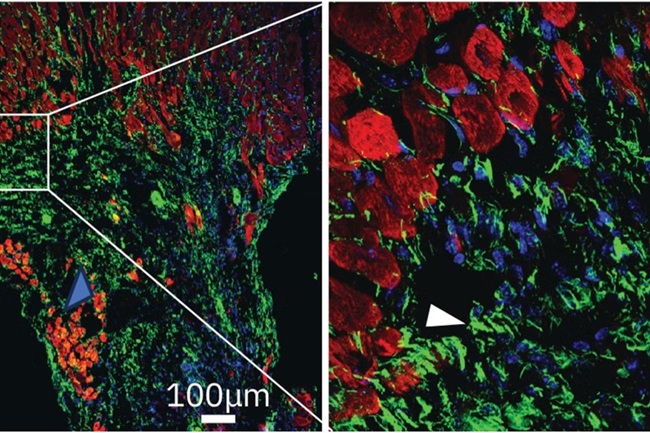
First-Of-Its-Kind Experimental Therapy Enhances Tissue Repair After Heart Attack
Cardiovascular disease remains the leading cause of death worldwide, accounting for one-third of all annual fatalities. Following a heart attack, the heart's natural regenerative ability is limited, resulting... Read moreSurgical Techniques
view channel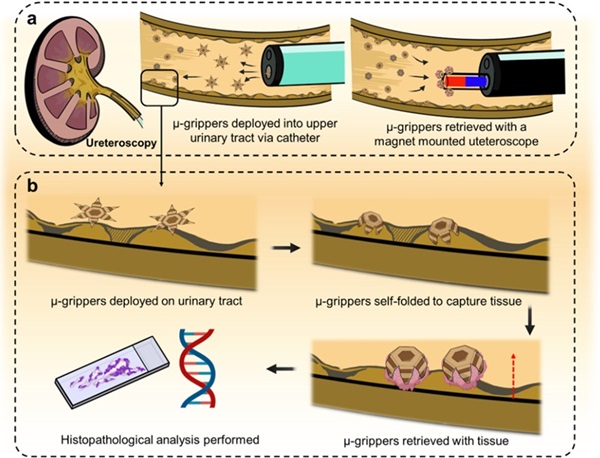
Microgrippers For Miniature Biopsies to Create New Cancer Diagnostic Screening Paradigm
The standard diagnosis of upper urinary tract cancers typically involves the removal of suspicious tissue using forceps, a procedure that is technically challenging and samples only a single region of the organ.... Read moreMiniature Soft Lithium-Ion Battery Could Be Used as Defibrillator During Surgery
The development of tiny smart devices, measuring just a few cubic millimeters, requires equally miniature power sources. For minimally invasive biomedical devices that interact with biological tissues,... Read more.jpg)
TAVI Procedure Supported by Radial Artery Access Reduces Bleeding Complications
The TAVI procedure, or Transcatheter Aortic Valve Implantation, is a minimally invasive technique in which a new aortic valve is inserted through a femoral artery to replace a narrowed old valve.... Read more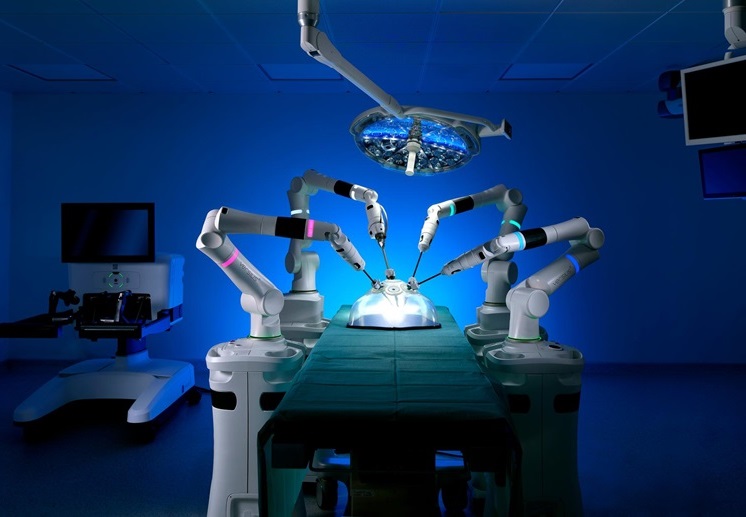
Portable Surgical Robot Seamlessly Integrates into Any OR for Performing Cholecystectomy Procedures
The United States represents a significant market with a strong demand for a flexible surgical robotic system applicable across various care settings. However, there has been a lack of sufficient options... Read morePatient Care
view channel
Portable Biosensor Platform to Reduce Hospital-Acquired Infections
Approximately 4 million patients in the European Union acquire healthcare-associated infections (HAIs) or nosocomial infections each year, with around 37,000 deaths directly resulting from these infections,... Read moreFirst-Of-Its-Kind Portable Germicidal Light Technology Disinfects High-Touch Clinical Surfaces in Seconds
Reducing healthcare-acquired infections (HAIs) remains a pressing issue within global healthcare systems. In the United States alone, 1.7 million patients contract HAIs annually, leading to approximately... Read more
Surgical Capacity Optimization Solution Helps Hospitals Boost OR Utilization
An innovative solution has the capability to transform surgical capacity utilization by targeting the root cause of surgical block time inefficiencies. Fujitsu Limited’s (Tokyo, Japan) Surgical Capacity... Read more
Game-Changing Innovation in Surgical Instrument Sterilization Significantly Improves OR Throughput
A groundbreaking innovation enables hospitals to significantly improve instrument processing time and throughput in operating rooms (ORs) and sterile processing departments. Turbett Surgical, Inc.... Read moreHealth IT
view channel
Machine Learning Model Improves Mortality Risk Prediction for Cardiac Surgery Patients
Machine learning algorithms have been deployed to create predictive models in various medical fields, with some demonstrating improved outcomes compared to their standard-of-care counterparts.... Read more
Strategic Collaboration to Develop and Integrate Generative AI into Healthcare
Top industry experts have underscored the immediate requirement for healthcare systems and hospitals to respond to severe cost and margin pressures. Close to half of U.S. hospitals ended 2022 in the red... Read more
AI-Enabled Operating Rooms Solution Helps Hospitals Maximize Utilization and Unlock Capacity
For healthcare organizations, optimizing operating room (OR) utilization during prime time hours is a complex challenge. Surgeons and clinics face difficulties in finding available slots for booking cases,... Read more
AI Predicts Pancreatic Cancer Three Years before Diagnosis from Patients’ Medical Records
Screening for common cancers like breast, cervix, and prostate cancer relies on relatively simple and highly effective techniques, such as mammograms, Pap smears, and blood tests. These methods have revolutionized... Read morePoint of Care
view channel
Handheld, Sound-Based Diagnostic System Delivers Bedside Blood Test Results in An Hour
Patients who go to a doctor for a blood test often have to contend with a needle and syringe, followed by a long wait—sometimes hours or even days—for lab results. Scientists have been working hard to... Read more
Smartphone-Enabled, Paper-Based Quantitative Diagnostic Platform Transforms POC Testing
Point-of-care diagnostics are crucial for public health, offering rapid, on-site testing that enables prompt diagnosis and treatment. This is especially valuable in remote or underserved regions where... Read moreBusiness
view channel
Hologic Acquires Gynesonics to Strengthen Existing Gynecological Surgical Business
Hologic (Marlborough, MA, USA) has signed a definitive agreement to acquire Gynesonics (Redwood City, CA, USA) for approximately USD 350 million, subject to working capital and other customary closing adjustments.... Read more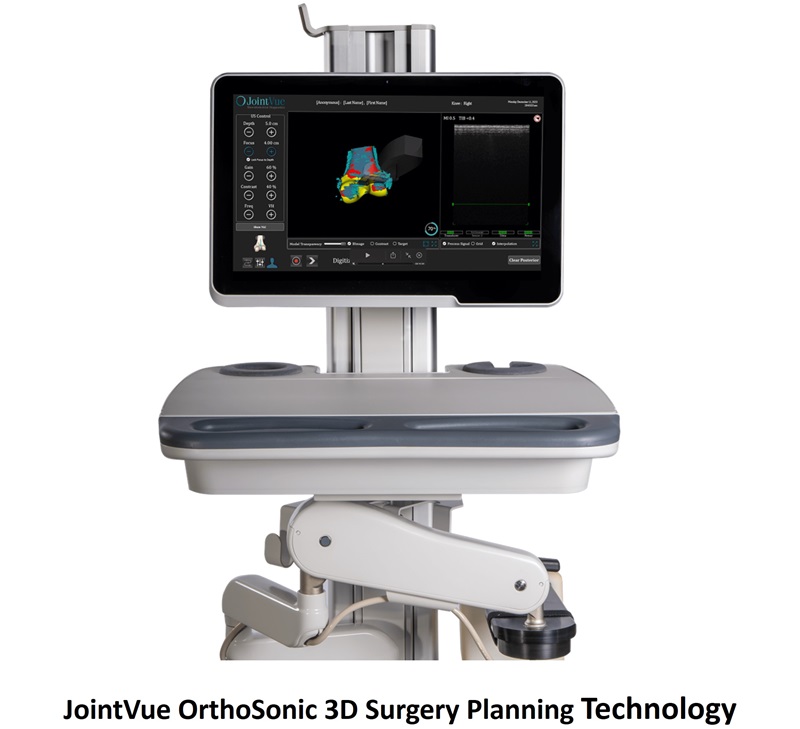








.jpg)

